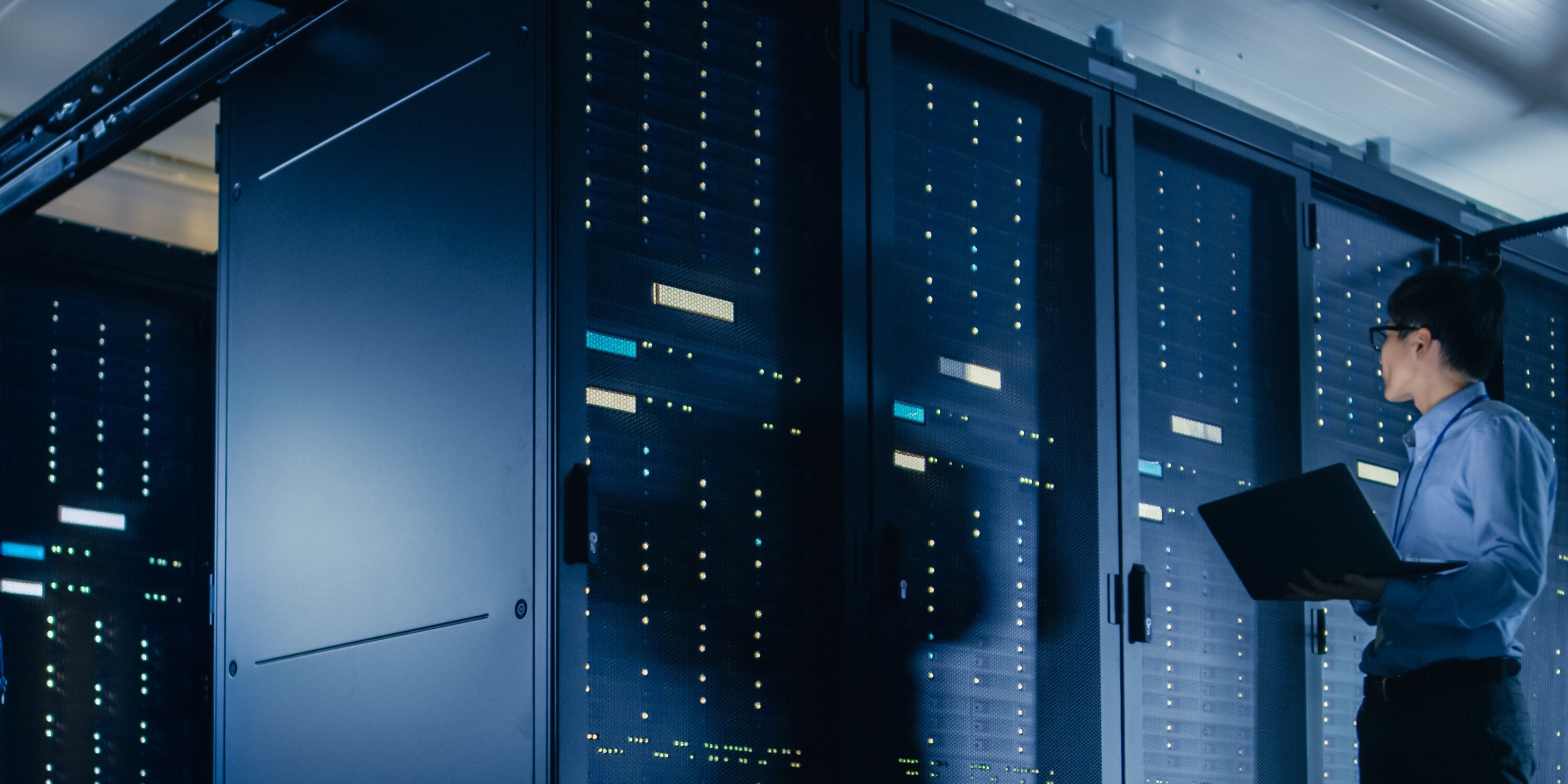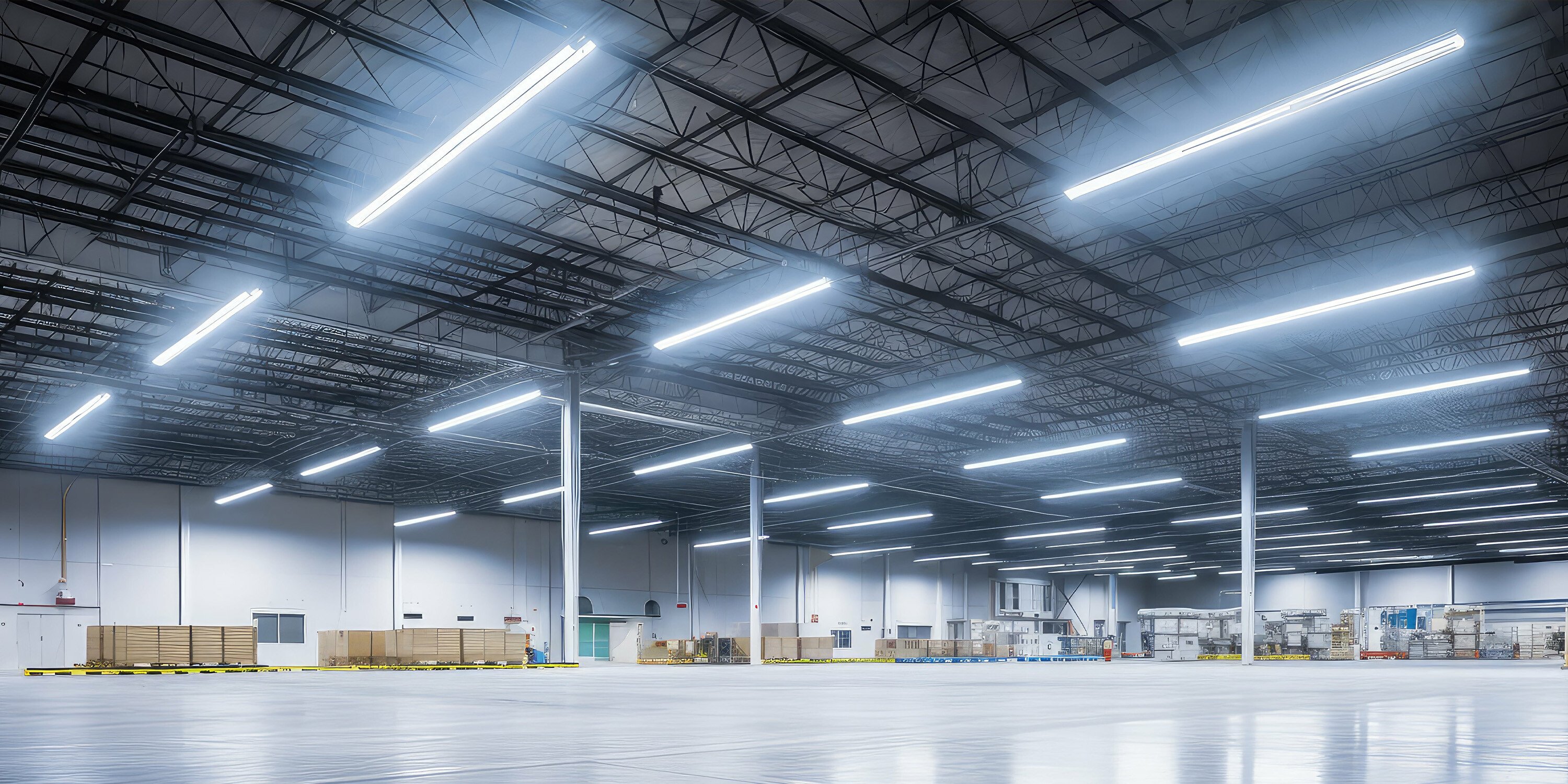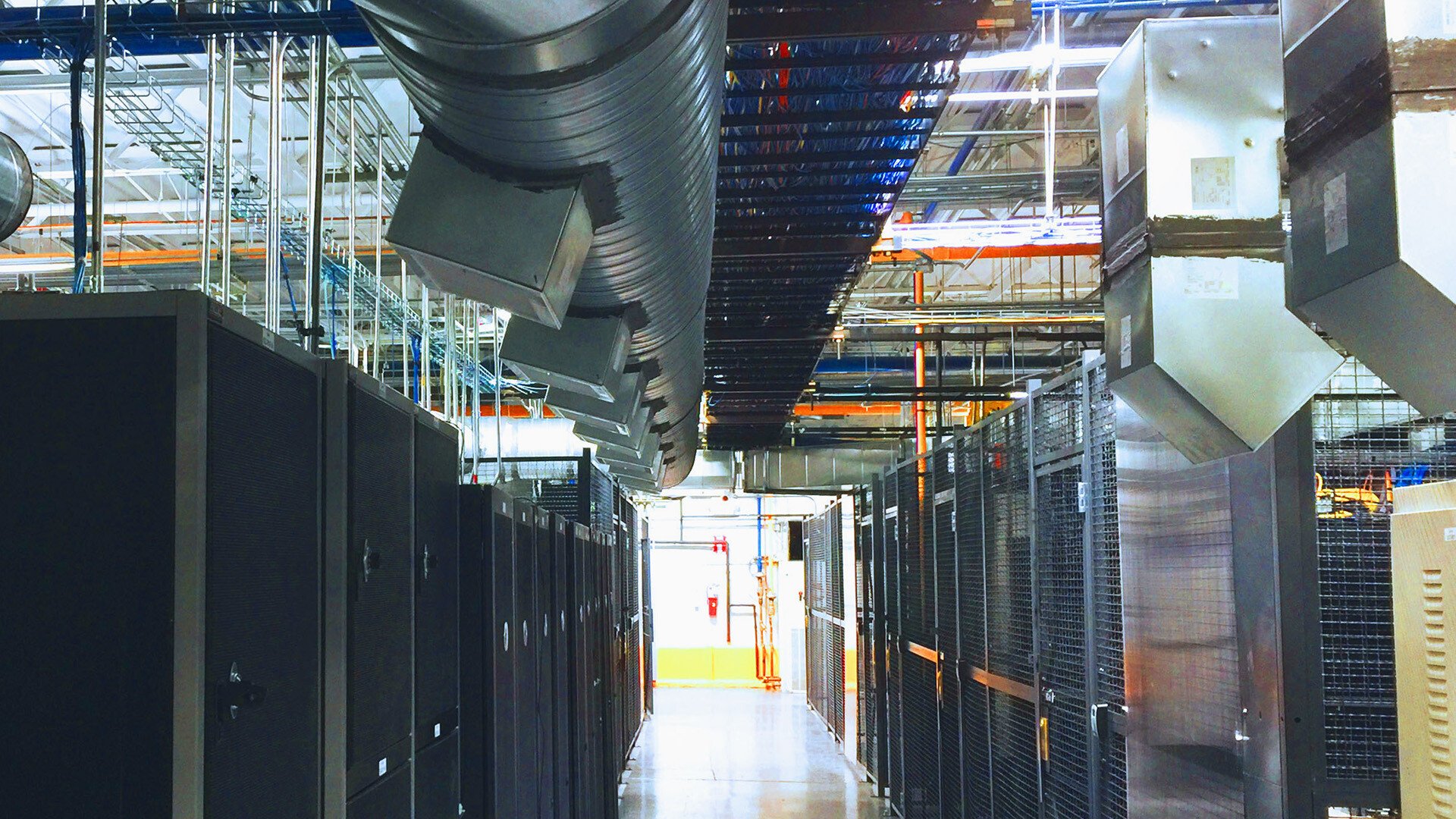Energy Efficiency | March 20, 2017
What are Good, Commercial LED Lighting Upgrades?
Any retrofit to commercial LED lighting upgrades or solutions will immediately improve efficiency and provide your facility with energy and financial savings. The U.S. Department of Energy (DOE) is one of many industry leaders currently stating that the efficiency measure with the greatest potential impact for energy savings in the U.S. today is the widespread adoption of LED lighting.
At today’s electricity prices, the Department of Energy (DOE) estimates, the increased implementation of LEDs by 2027 would total over $30 billion in savings. This is a hugely effective and rapidly spreading lighting technology that creates a positive impact no matter the scale of your project.
That being said, LED lighting and its integration with new technologies has the capacity for high energy savings, large financial return, and overall improved lighting solutions depending on a project’s complexity that is typically determined first by an energy audit. There are (in our opinion) “good,” “better,” and “best” solutions available that offer varying levels of energy savings and flexibility depending on a facility’s use and demand.
Good implementations of commercial LED lighting upgrades
Retrofitting existing lighting fixtures with basic LED kits is step one. While some lighting applications require a fluorescent solution, the majority of projects will benefit from an upgrade to standard LED fixtures.
There are several key benefits to installing good LED lighting, including:
-
High efficacy: LED has a higher ratio of lumens per watt
-
Maintenance Savings due to LED’s longer lifespan
-
Directional light rather than a 360-degree output from the bulb
-
Lower heat load than fluorescent bulbs
-
Variety of LED lighting color temperature, shapes, and sizes available which lend themselves well to a diverse array of applications
Any upgrade to LED lighting will result in increased energy savings and this benefit makes a switch almost always preferable. The benefits of LED lighting don’t stop there though.
Better engineering for commercial LED lighting upgrades
The addition of lighting controls with LEDs can significantly increase the effectiveness of this technology. The three most common types of lighting controls include:
-
Dimmers
-
Motion, occupancy, and photosensors
-
Timers
Dimming LEDs saves energy at a roughly 1:1 ratio. This means if you dim LEDs down to 50% of their light output you will save nearly 50% of your energy usage. Installing this solution saves energy because the source itself is more efficient and that efficiency can be capitalized by enabling a dimming capacity as well. Additionally, there are two types of occupancy sensors that can be installed: ultrasonic and infrared. Ultrasonic sensors detect sound in a space while infrared sensors detect heat and motion.
The primary benefits of installing LED lighting controls are:
-
Energy savings
-
Space flexibility
-
Enhanced safety
-
Increased productivity
Before determining the kind of control solutions and associated LED drivers needed for the space, facility managers need to know the control type that will be used to dim the actual fixture, the best possible dimming performance required, and (potentially) the expected maximum operating life of the LED product being installed.
The best project design for LED lighting
The best solutions available in today’s LED lighting market are those that combine LED fixtures with advanced lighting controls. Moving beyond basic dimming technology, fixtures equipped with integrated, advanced controls enable the fixtures to be networked together and communicate over various networks via protocols such as Wi-fi and ZigBee. These fixtures are fully programmable, and can be grouped, dimmed, and scheduled to achieve additional savings.
Many advanced lighting controls can be connected to the facility’s Building Automation System, enabling granular setbacks of the HVAC in the building in response to vacant zones. This can also be a great help to security as the networked occupancy sensors are constantly reporting back on occupied areas of the building.
No matter the implementation, one fact remains: any installation of LED lighting offers a facility efficiency improvements and energy savings based on the product alone. The more resources you have available or the greater the demand for lighting adjustment, the more you’ll reap the benefits by installing advanced controls too.
Related Posts
Discover more content and insights from Mantis Innovation

The Cost of Inaction: Why Businesses Should Act Now on Energy Efficiency
In today's fast-paced business environment, the financial and operational losses businesses incur by delaying energy efficiency improvements, the "cost of inaction," is more relevant than ever.

In today’s AI era, human intelligence is the key to data center facility and energy optimization
Nowhere else in modern industry do artificial and human intelligence converge with such transformative potential as in the world of data centers. As AI's extraordinary growth accelerates demand for

Your Guide to LED Lighting for Business and Commercial Buildings
Never to be underestimated, LED lighting and well-designed lighting retrofits and upgrades offer businesses big improvements like reduced energy costs, reduced emissions, and improved working

Five Trends Driving Data Center Facility Energy Optimization
Today’s digital economy, commercial and industrial digitalization, and the recent explosion in artificial intelligence and machine learning (AI/ML) powered computing are driving massive growth in